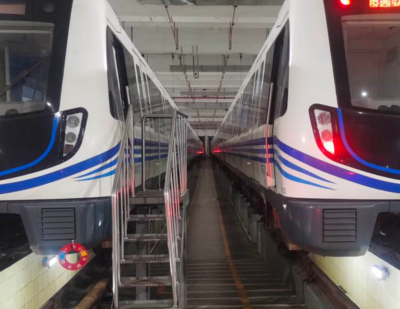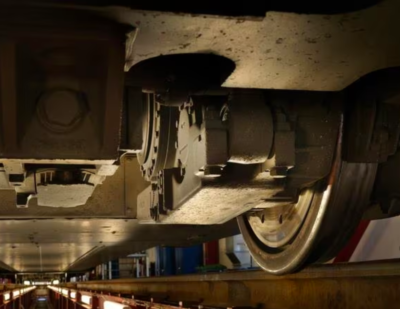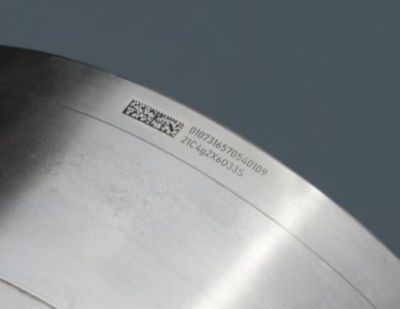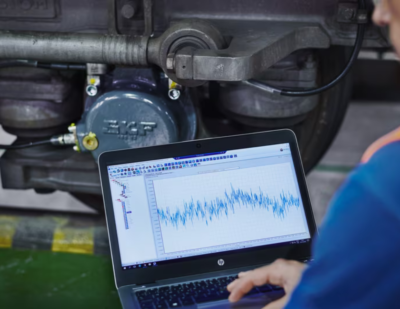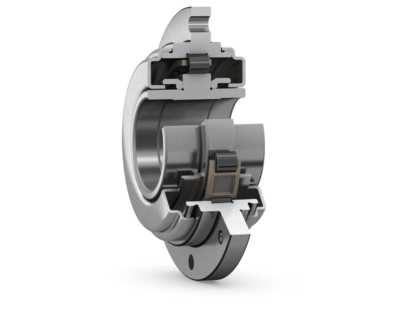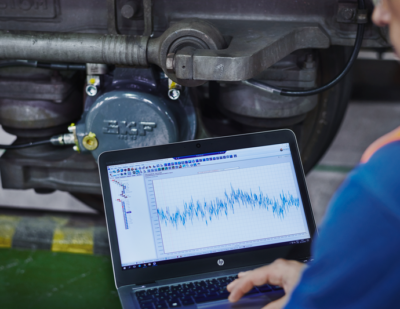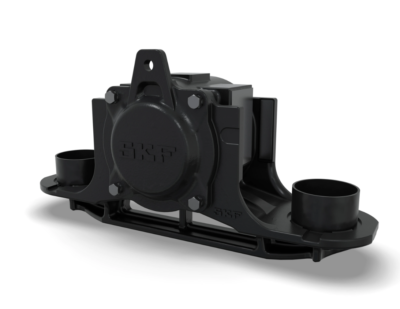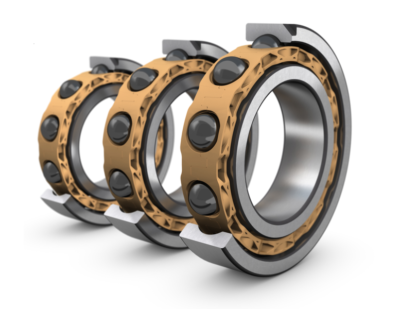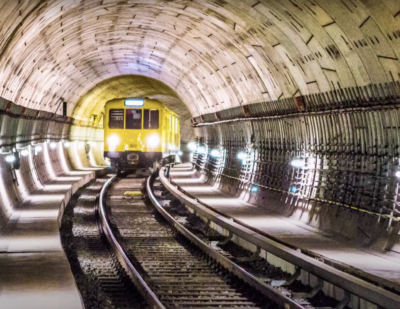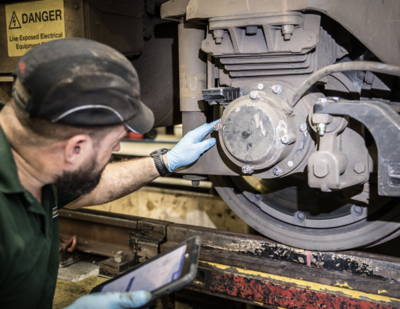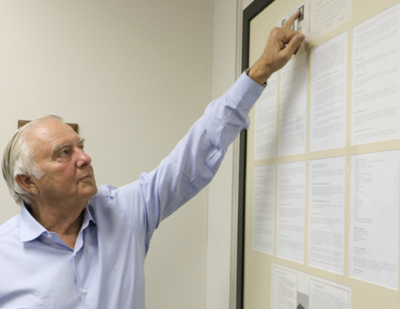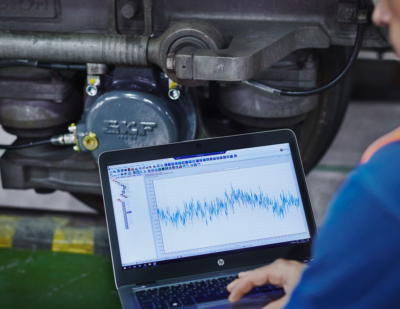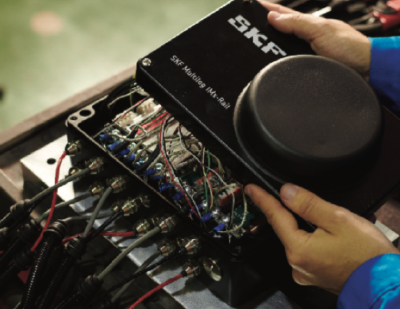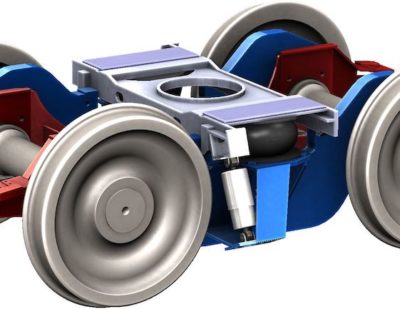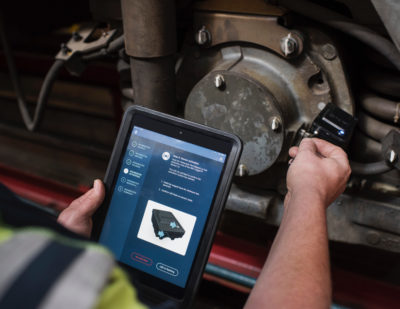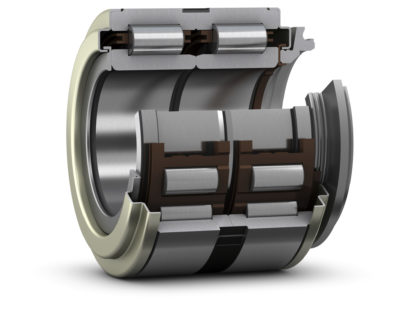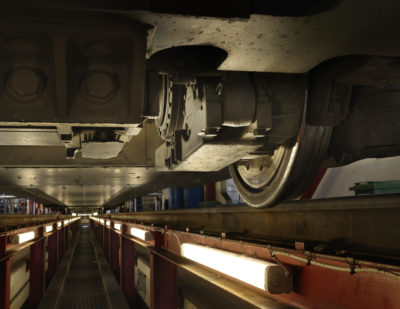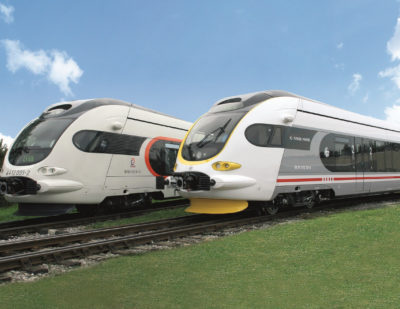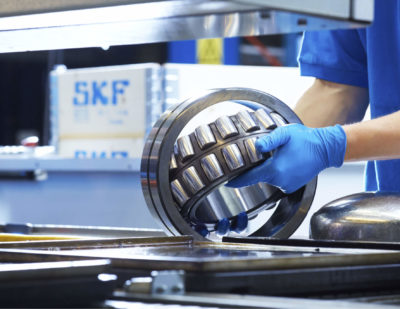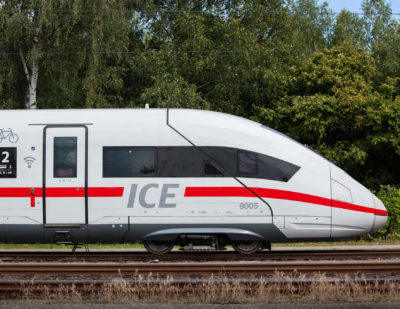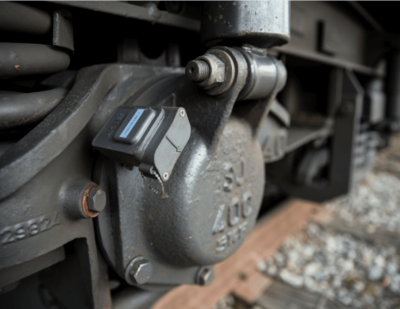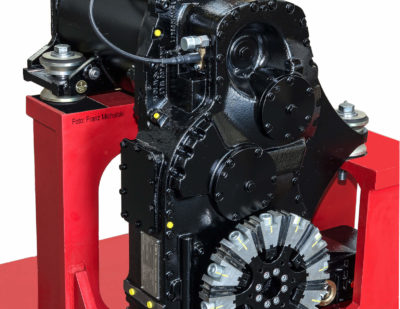Axleboxes are a vital component of a train’s suspension system.
They provide support to the axle and maintain its proper alignment with the wheelset and their reliability is critical to a rail operators’ success and, of course, a smooth passenger experience. Here, we lift the lid on axleboxes.
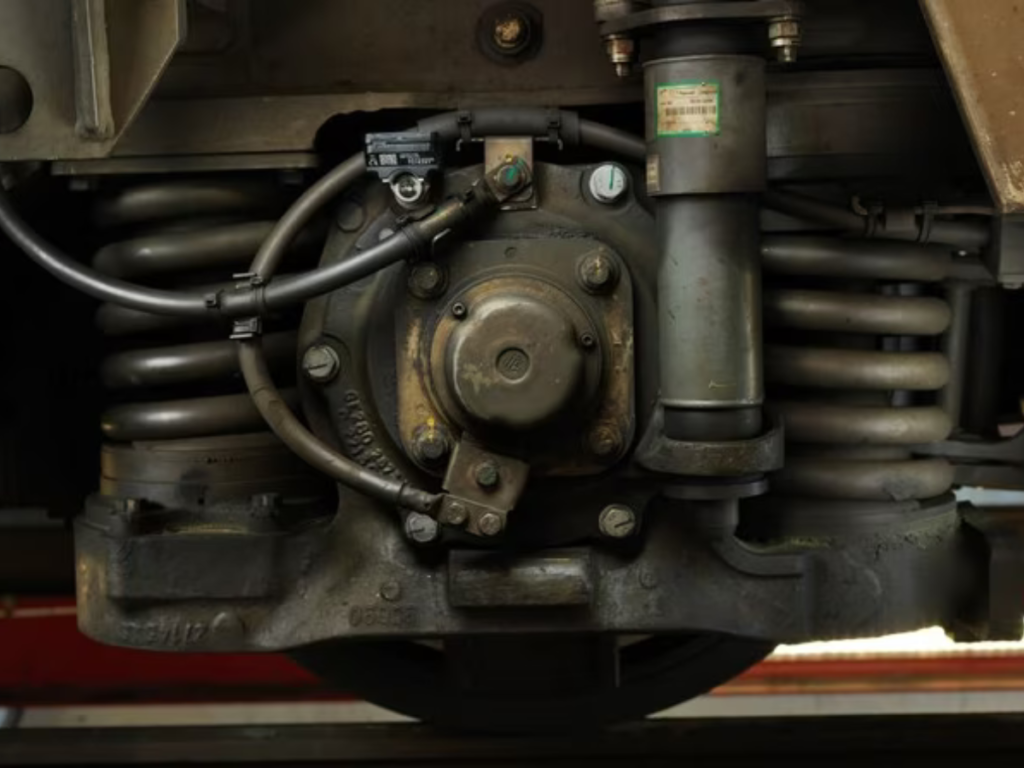
In today’s highly competitive mobility world, the railway industry faces increased pressure to deliver improved risk management and greater fleet efficiency. These demands call for increasingly reliable railway solutions in vital moving parts, and axleboxes can play a key role in ensuring the reliability of rolling stock.
From Then to Now
The axlebox has been a critical component of the railway industry since the inception of train travel. The first axleboxes were simple brass or iron blocks that provided minimal support and protection for the axle and wheelset. Over time however, advancements in technology have led to new materials and designs that have improved their performance and durability. Today, axleboxes are complex and highly engineered solutions designed to meet the rigorous demands of modern rail operations.
As the linking design element between the rotating wheelset and the quasi-static frame of the bogie, axleboxes have a considerable influence on the reliability and economics of the track. Superior axlebox solutions are required to meet the performance demands of modern rail operations without increasing operational risks.
Reliable axleboxes are essential to the success of modern rail operations. They play a critical role in the performance, reliability, and safety of rolling stock. Global sourcing and support networks offer design and engineering support throughout the entire life cycle. Packages typically include axleboxes, factory lubricated and sealed, ready to mount wheelset bearing units, sensors, and monitoring systems.
Outside-the-Box Solutions
Axlebox solutions enable rail operators to meet performance demands without increasing operational risks. The combination of customization and proven design concepts ensures that solutions are tailored to meet the specific needs of each client. Rail operators can enjoy reduced life cycle and maintenance costs, thanks to the increased reliability of axleboxes.
For example, the Y25 axlebox design offers more flexibility for wheelset designs in freight and provides customers with a sustainable and efficient solution. With a significantly lighter weight of just 80kg and relatively small footprint, the Y25 helps to reduce component, track, and infrastructure wear, making it a top choice for railway companies looking to improve their operations and reduce their environmental impact. Furthermore, the lightweight solution is part of a new SKF design and can be applied in all rail applications: passenger, locomotive, and freight.
Don’t Hesitate to Reach Out
In conclusion, reliable axleboxes are essential to the success of modern rail operations. Axleboxes play a critical role in the performance, reliability, and safety of rolling stock. At SKF, we are committed to providing superior axlebox solutions that meet the specific needs of each client. With our global axlebox sourcing and support network, we offer design and engineering support throughout the entire life cycle, helping rail operators to improve the reliability and economics of their operations.
If you would like to find out more about axlebox solutions from SKF or want to discuss a challenging project or railway portfolio with an expert, contact your local SKF representative.
This article was originally published by SKF.


